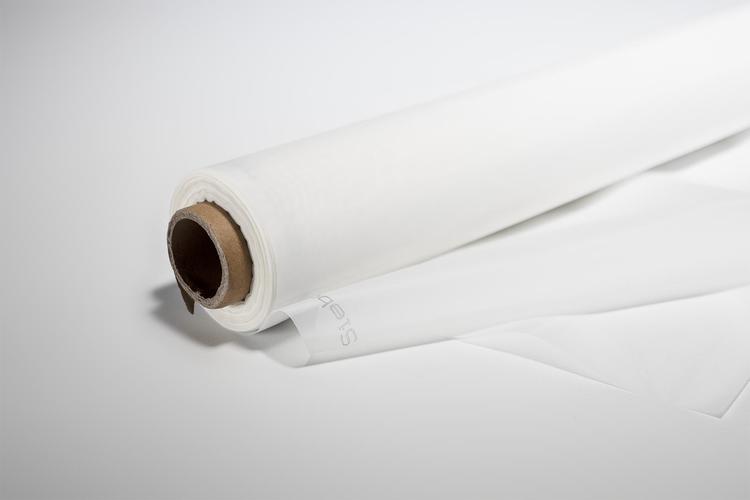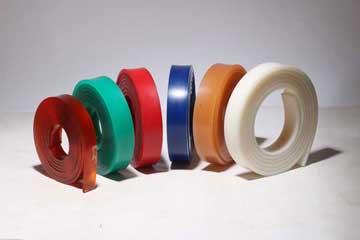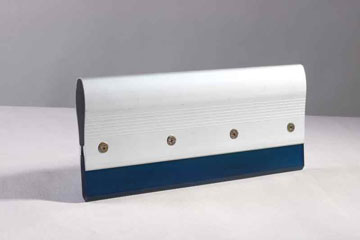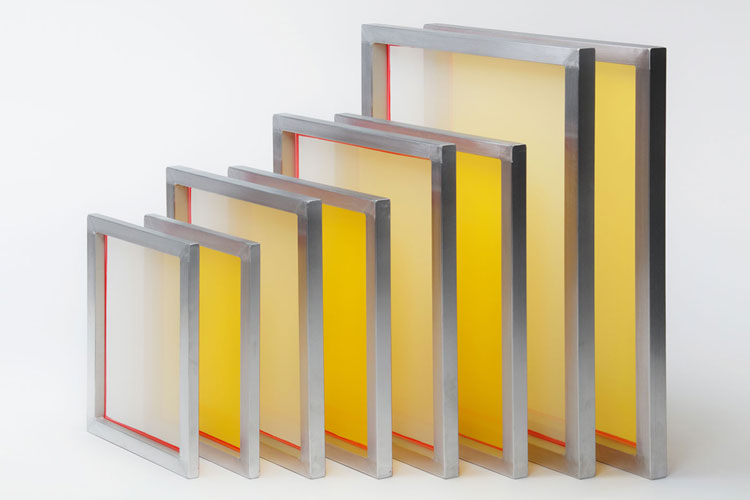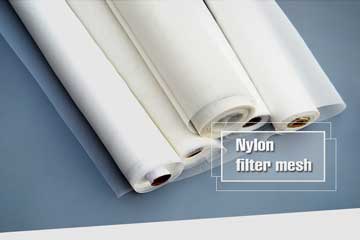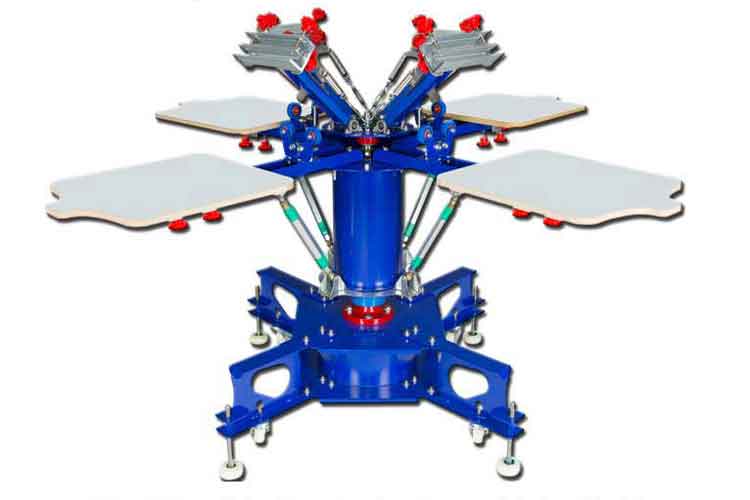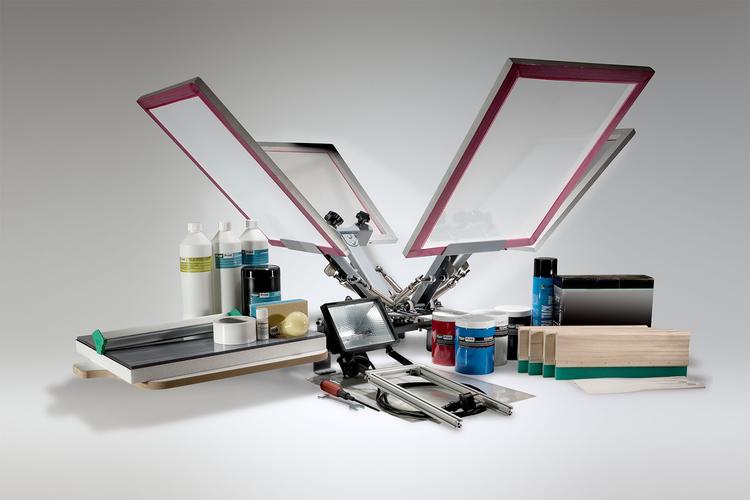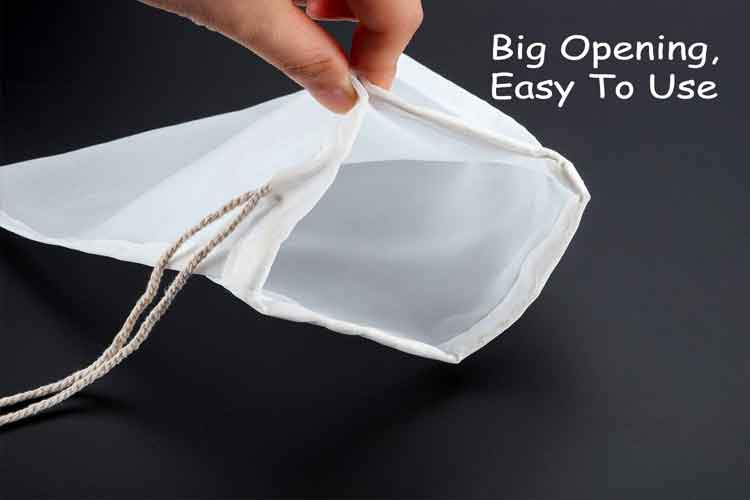Achieve Consistent Prints with a Premium Wood Screen Printing Squeegee
A wood screen printing squeegee is more than a traditional tool; it combines ergonomic comfort, aesthetic appeal, and functional reliability. Its wooden handle offers a natural, balanced grip that complements a well-chosen blade to deliver consistent ink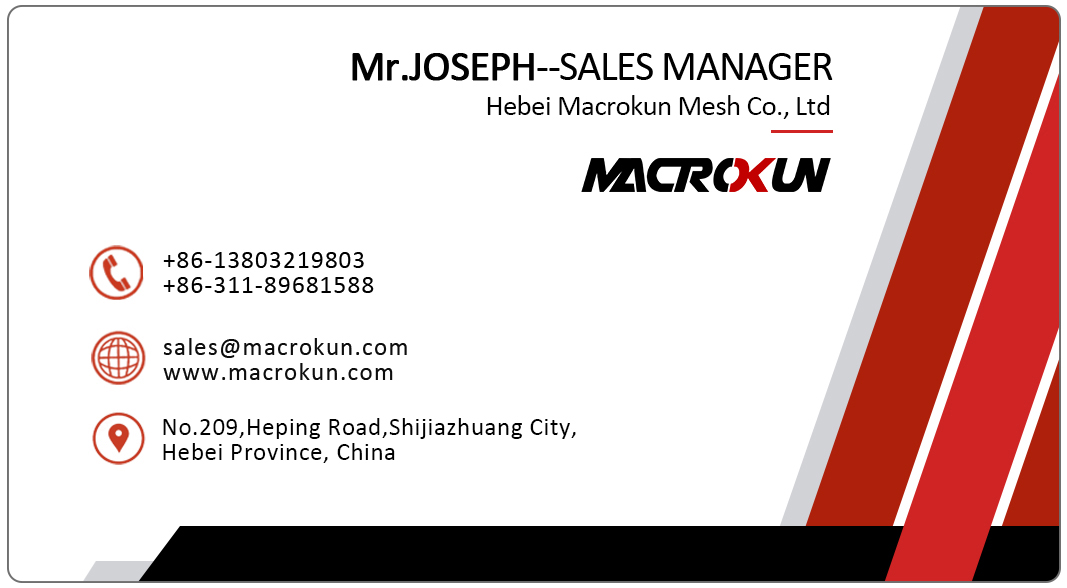
In screen printing, the choice of squeegee profoundly influences print quality, consistency, and operator comfort. Among various handle materials, a wood screen printing squeegee offers distinct benefits—natural feel, durability, and aesthetic appeal. Whether you run a custom apparel shop, produce art prints, or handle specialty applications, selecting the right wood-handled squeegee can elevate your output. This article follows a proven structure—market overview, product understanding, key features, selection guidance, maintenance advice, reasons to choose our wood squeegee, illustrative use cases, and next steps—to guide you in leveraging wood screen printing squeegees for superior results.
.jpg)
Market Overview: What Leading Content Highlights
A review of common themes found in industry discussions and product pages for screen printing squeegees reveals emphasis on:
-
Handle Material and Ergonomics. Content often compares wood handles to plastic or metal alternatives, noting wood’s comfortable grip, natural insulation against temperature changes, and pleasing weight distribution.
-
Blade Quality and Compatibility. High-performing offerings pair wood handles with durable rubber or polyurethane blades of varied hardness levels, suitable for diverse inks and substrates.
-
Durability and Craftsmanship. Wood screen printing squeegees are frequently presented as robust tools that, when properly finished and sealed, withstand repeated use and cleaning while retaining handle integrity.
-
Balance and Control. Guides often mention that a well-crafted wooden handle can provide a balanced feel, reducing operator fatigue and improving ink application consistency.
-
Maintenance and Longevity. Advice sections describe how to care for wood handles—avoiding prolonged water exposure, preventing warping, and refinishing if needed—to ensure long-term performance.
-
Suitability for Manual and Automated Setups. While wood-handled squeegees are primarily for hand-pulled jobs, some content notes compatibility with tabletop fixtures or light-duty manual presses, emphasizing correct dimensions and mounting.
These themes reflect what screen printers consider when evaluating wood screen printing squeegees: comfortable and durable handles, blade compatibility, balanced weight, and maintenance practices.
Understanding the Wood Screen Printing Squeegee
A wood screen printing squeegee combines a wooden handle or block with an attached blade (typically rubber or polyurethane). As the operator draws or pushes the squeegee across the screen mesh, the blade presses ink through the mesh onto the substrate. The wooden handle serves as the interface between operator and blade, influencing comfort, control, and overall printing experience.
Key aspects include:
-
Handle Material and Finish. Common woods include beech, birch, or hardwoods chosen for strength and resistance to wear. The handle is often coated or sealed to protect against ink, cleaners, and moisture.
-
Blade Attachment. The blade sits in a channel or is affixed via clamps or adhesives into the wooden block. Compatibility with blade width and thickness is crucial.
-
Dimensions and Fit. The handle’s length, thickness, and profile determine how comfortably it fits in the operator’s hand and how well it mates with the chosen blade, ensuring uniform pressure.
-
Aesthetic and Natural Feel. Wood offers a pleasant tactile experience and a classic look favored by many artisans. It also avoids cold or slippery feel that metal or plastic may present.
Understanding these elements clarifies why a wood screen printing squeegee can be a valuable tool: it combines traditional craftsmanship with functional benefits, aiding in consistent, comfortable printing.
Key Features of a High-Quality Wood Screen Printing Squeegee
When evaluating or selecting a wood screen printing squeegee, look for these essential features:
1. Durable, Well-Finished Wooden Handle
-
Solid Wood Selection. Handles made from quality hardwood resist dents and wear. Woods like beech or birch offer strength and a fine, smooth grain.
-
Protective Coating. A sealant or varnish repels ink and moisture, preventing warping or degradation. The finish should be smooth yet non-slip when hands are damp.
-
Ergonomic Profile. Contoured shapes or rounded edges improve grip, reduce hand fatigue, and enable steady, controlled strokes.
2. Blade Compatibility and Secure Mounting
-
Blade Channel or Clamping Design. The wooden block must accommodate standard blade widths (e.g., 4–24 inches) and thicknesses reliably, holding blades firmly without slippage.
-
Versatile Blade Options. Compatible with rubber or polyurethane blades of varied durometer (hardness) levels: soft, medium, or hard, depending on ink type, substrate, and detail level.
3. Balanced Weight and Handling
-
Weight Distribution. A well-proportioned wood handle balances the blade weight, ensuring even pressure along the screen and smooth ink transfer.
-
Comfort in Extended Use. A handle that feels “right” in hand supports repetitive motions, reducing strain during longer print runs.
4. Durability Under Cleaning and Use
-
Resistance to Cleaning Agents. Finish should withstand common ink removers or mild cleaners without peeling or absorbing chemicals.
-
Moisture Management. Proper sealing prevents water or ink solvents penetrating the wood, which could cause swelling or cracking.
5. Customization and Sizing
-
Varied Handle Lengths. Options for short, medium, or long handles accommodate different operator preferences and printing setups.
-
Custom Blade Sizes. The ability to fit blades matching screen widths precisely avoids unnecessary overhang and ensures consistent pressure distribution.
By focusing on these features, printers ensure their wood screen printing squeegee offers comfort, reliability, and print quality support over many jobs.
Choosing the Right Wood Screen Printing Squeegee for Your Needs
Selecting the optimal wood screen printing squeegee involves matching handle and blade characteristics to your printing context:
A. Determine Print Type and Volume
-
Small-Scale or Hobbyist Work. For occasional or low-volume prints (e.g., custom t-shirts, small posters), a mid-length wooden handle with a medium-durometer blade channel provides versatility and comfort.
-
Moderate Production Runs. If you print moderate quantities, choose a durable hardwood handle with reliable finish and options for quick blade changes to maintain workflow.
-
Frequent or Larger Runs. For higher-volume manual printing, invest in ergonomically designed handles and premium blades; consider handles with reinforced blade mounting to endure repeated use.
B. Match Handle Size and Shape to Operator Preferences
-
Hand Size and Grip Style. Operators with smaller hands may prefer narrower, shorter handles; those seeking more leverage might choose longer or thicker handles. Ergonomic shaping or slight contours can improve comfort.
-
Printing Method. For hand-pulled prints, a handle that allows a natural wrist angle yields more consistent strokes. If used in light-duty manual fixtures, ensure the handle fits the holder or bracket securely.
C. Select Blade Hardness Based on Ink and Substrate
-
Textile Printing with Thick Inks. A softer blade flexes to push more ink through fabric mesh, but handle stability remains vital. Wood handle plus soft blade works for bold designs on cotton or blends.
-
Fine Detail or Thin Inks. A firmer blade mounted in a stable wood handle yields sharp edges; useful for detailed graphics on smooth substrates like posters or specialty fabrics.
-
Specialty Inks or Coatings. When using solvent-based or specialty inks, confirm blade material’s chemical resistance; the wooden handle’s seal must also resist incidental contact with cleaning agents.
D. Evaluate Blade Attachment Mechanism
-
Clamp or Wedge Systems. Choose handles with a reliable clamping design that secures blade without overtightening, avoiding wood damage.
-
Removable or Fixed Channels. Some wood handles feature integrated channels into which blades slide; ensure tolerances are precise so blades sit firmly without wobble.
E. Consider Maintenance Capability
-
Refinishing Handles. If your environment involves heavy cleaning or exposure, select handles that can be lightly sanded and resealed if the finish wears over time.
-
Blade Replacement. Opt for handles that allow straightforward blade swapping, minimizing downtime when blades need replacement or when different blade hardness is required.
By evaluating these factors—print volume, operator ergonomics, blade hardness needs, attachment style, and maintenance practices—you can choose a wood screen printing squeegee tailored to your operation, ensuring consistent, high-quality prints.
Maintenance and Care
Proper maintenance of a wood screen printing squeegee preserves both handle and blade performance:
1. Clean the Blade and Handle Promptly
-
Remove Ink Residue. After each print run, clean the blade with appropriate cleaners. Wipe excess ink off before it dries or cures.
-
Protect the Wood Finish. When cleaning the blade, avoid excessive wetting of the wooden handle. Use a damp cloth for the handle area, rather than soaking or immersing in liquids.
2. Inspect for Wear and Damage
-
Blade Interface. Check that the blade remains securely seated in its channel or clamp. Tighten clamps carefully to avoid splitting or denting wood.
-
Handle Condition. Examine for cracks, dents, or finish wear. Minor surface blemishes can be lightly sanded and resealed to prevent moisture ingress.
3. Refinish the Handle as Needed
-
Light Sanding. If the protective coating shows signs of wear or stickiness from ink buildup, lightly sand the handle surface.
-
Sealant Application. Apply a thin coat of a suitable sealant or varnish designed for wood exposed to occasional moisture. Allow full curing before next use.
4. Store Properly
-
Avoid Extreme Conditions. Store squeegees in a cool, dry place away from direct sunlight or heat sources that might warp wood.
-
Separate from Sharp Objects. Keep handles and blades organized to prevent accidental nicks or dents to wood or blade edges.
-
Blade Edge Care. Store blades facing away from surfaces to maintain sharpness and prevent damage.
5. Replace Blade or Handle When Needed
-
Blade Wear. When the blade shows irreparable wear—nicks, uneven edge, or loss of precise durometer—replace it promptly to avoid print defects.
-
Handle Integrity. If the handle develops structural cracks or irreparable finish damage affecting grip or blade mounting, replace the handle to maintain safety and print quality.
Adhering to these maintenance steps ensures your wood screen printing squeegee remains a reliable tool, delivering consistent prints and lasting service life.
Why Choose Our Wood Screen Printing Squeegee
Our wood screen printing squeegee offering stands out thanks to:
Premium Wood Selection and Finish
We source high-quality hardwoods chosen for strength and fine grain. Each handle is expertly shaped, sanded smooth, and finished with a protective seal that repels ink and moisture while preserving the natural feel.
Versatile Blade Compatibility
Our handles feature precisely machined channels or secure clamp systems accommodating a wide range of rubber and polyurethane blades across various widths and durometers. This versatility lets you tailor blade hardness and profile to each print job.
Ergonomic Design
We craft handles with subtle contours and balanced weight distribution to reduce operator fatigue. Whether performing small, detailed pulls or moderate-length runs, the handle supports a comfortable grip and controlled motion.
Durable Construction
Our manufacturing process ensures the handle and blade mounting endure repeated use and cleaning. The protective finish resists common cleaning agents when used properly, and the hardware components for blade attachment are built for long-term reliability.
Custom Sizing and Options
Understanding that every operation differs, we offer custom handle lengths and cross-sections to match individual preferences or unique screen setups. Combined with blade choices, you can create a squeegee precisely suited to your workflow.
Quality Assurance
Each squeegee undergoes inspection for wood integrity, finish uniformity, blade channel dimensions, and overall fit. This rigorous quality control ensures that your squeegee arrives ready to support consistent, high-quality prints.
Supportive Guidance
While refraining from explicit links, our team provides clear advice on selecting the appropriate handle size, blade hardness, and maintenance routines, ensuring you get the most from your wood screen printing squeegee.
By combining natural materials, precise craftsmanship, and practical design, our wood screen printing squeegee helps you achieve sharper prints, more consistent ink laydown, and a comfortable printing experience.
Illustrative Use Cases
Use Case 1: Boutique Apparel with Artisan Feel
A small clothing brand printing limited-edition designs valued the tactile connection between craft and tool. By using a well-finished wood screen printing squeegee with a medium-durometer blade, they achieved vibrant ink coverage on organic cotton while operators appreciated the comfortable, natural handle during careful manual pulls.
Use Case 2: Art Print Studio
An art studio producing limited-run posters and art cards needed precise edge definition for intricate illustrations. They selected a firm blade in a wood handle with a beveled edge profile. The sturdy handle provided consistent pressure control, while the refined finish resisted occasional contact with water-based ink washes during cleanup.
Use Case 3: Promotional Decals on Plastic Substrates
A custom promotional company printed small decals on plastic surfaces requiring crisp detail. The studio used a wood-handled squeegee fitted with a harder blade, ensuring sharp edges and minimal ink bleed. The wooden handle’s balanced weight allowed operators to maintain steady strokes over repetitive batches, reducing fatigue.
These examples illustrate how a wood screen printing squeegee, matched thoughtfully to blade hardness and project needs, yields improved print quality, consistent results, and a satisfying user experience.
Summary and Next Steps
A wood screen printing squeegee is more than a traditional tool; it combines ergonomic comfort, aesthetic appeal, and functional reliability. Its wooden handle offers a natural, balanced grip that complements a well-chosen blade to deliver consistent ink transfer and sharp prints. By understanding handle materials, blade compatibility, durometer selection, and maintenance practices, you can select a wood squeegee tailored to your specific printing tasks, whether artistic prints, apparel, or specialized decals.
Reflect on your printing needs: consider the size and detail of your designs, ink types, substrate characteristics, and operator preferences. Evaluate whether your current squeegee setup meets these requirements or if upgrading to a premium wood screen printing squeegee could enhance print precision, reduce fatigue, and extend tool lifespan.
Take the next step by assessing your screen dimensions and print complexity, choosing a handle size and blade hardness that align with your workflow, and securing a high-quality wood screen printing squeegee built for lasting performance. With this investment, you’ll enjoy more consistent results, fewer print defects, and a comfortable printing experience that supports both craft and productivity.
Tags: 0.1 micron filter bag 0.5 micron filter bag 1 micron filter bag 50 micron filter bag 25 micron filter bag 10 micron filter bag 1000 micron filter bag 5 micron filter bag micron filter bag micron filter bags 25 micron filter bags 100 micron filter bag 180 micron filter bag 250 micron filter bag 200 micron filter bag 200 micron filter bags 100 micron filter bags 1 micron filter bags micron filter bags near me 05 micron filter bag 30 micron filter bag 150 micron filter bag 10 micron filter bags 200 micron filter bag wholesale 0.1 micron filter bag wholesale 500 micron filter bag 400 micron filter bag 50 micron filter bag wholesale 400 micron filter bag wholesale 20 micron filter bag 0.1 micron filter bag factory in china 500 micron filter bag factory in china 20 micron filter bag wholesale 5 micron filter bag wholesale 250 micron filter bag factory in china 150 micron filter bag wholesale in china micron filter bag wholesale in china 190 micron filter bag 400 micron filter bag factory in china
Pre:Achieve Superior Results with the Right Small Screen Printing Squeegee
Next:Mastering Screen Printing Squeegee Angle for Optimal Print Quality
Tags:
